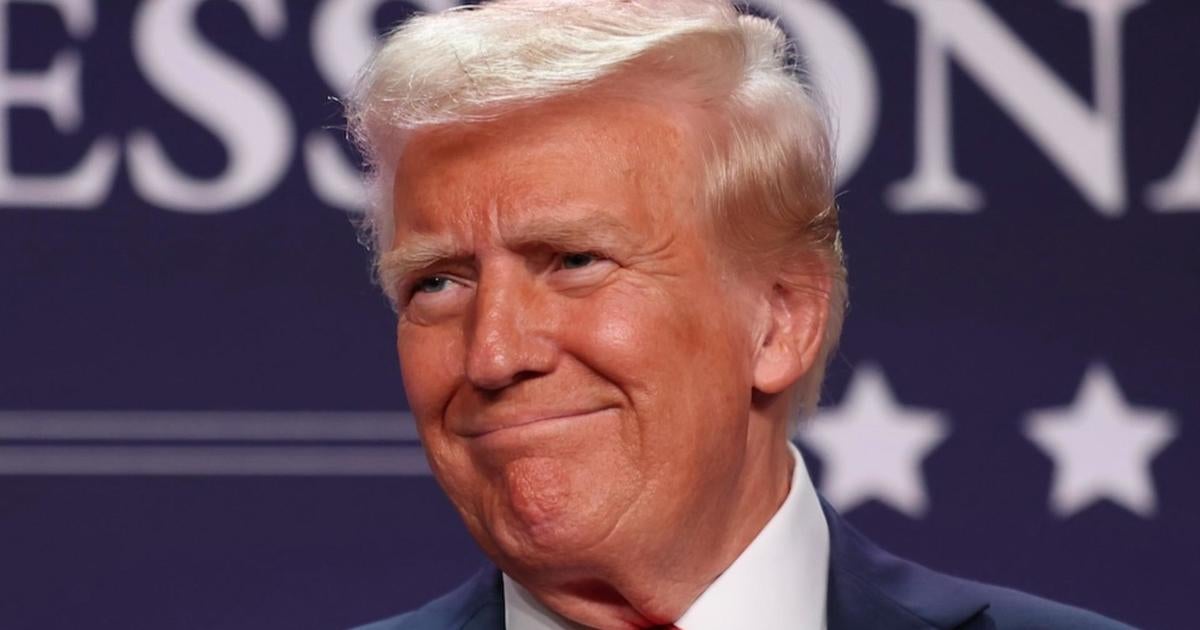Market Turbulence Ahead: Trump’s Tariff Decisions Threaten Economic Stability
As President Trump imposes new tariffs on key trading partners including China, Canada, and Mexico, financial experts are sounding alarms over the potential implications for the U.S. economy and stock market stability. February, historically a month marked by volatility in financial markets, has observers concerned about what this means for investors and the broader economic landscape. The tariffs, aimed at protecting American jobs and industries, could inadvertently lead to significant market turbulence ahead.
The Rationale Behind the Tariffs
Tariffs are often viewed as a tool for protecting domestic industries by making imported goods more expensive, encouraging consumers to purchase local products. Trump’s administration has insisted that these measures are necessary to level the playing field against countries that engage in unfair trade practices. However, the implications of such decisions go beyond just the immediate economic benefits.
- Impact on Consumer Prices: Tariffs typically lead to higher prices for consumers as import costs rise. This can reduce disposable income and dampen consumer spending, which is a significant driver of the U.S. economy.
- Retaliatory Measures: Countries affected by these tariffs may retaliate with their own tariffs, leading to a trade war. Such conflicts can disrupt supply chains and increase uncertainty in international markets.
- Investment Sentiment: Investors often react negatively to uncertainty. The imposition of tariffs can lead to volatility in stock prices as markets adjust to the anticipated economic fallout.
Historical Context: February’s Volatility
February has a reputation for market turbulence, particularly in the years following a presidential election. Historical data suggests that markets can experience significant fluctuations during this month, particularly as new policies are implemented and investors assess their impacts. The combination of Trump’s tariff decisions and February’s historical volatility creates a perfect storm for market instability.
Economic Indicators to Watch
As we navigate through these turbulent waters, several key economic indicators can provide insight into the potential fallout from the tariff decisions:
- Stock Market Performance: Watch for fluctuations in major indices such as the S&P 500 and Dow Jones Industrial Average. A decline in stock prices could indicate investor concerns over economic stability.
- Consumer Confidence Index: A dip in consumer confidence can signal reduced spending, impacting economic growth. Tariffs may lead to increased prices, which could erode consumer sentiment.
- Manufacturing and Employment Data: Keep an eye on reports from the manufacturing sector and job creation statistics. Tariffs can have a dual effect, potentially protecting jobs in some sectors while harming others.
Potential Consequences for Investors
Investors should be particularly cautious as the markets react to the implications of Trump’s tariff decisions. Here are some potential consequences to consider:
- Increased Volatility: The stock market may experience heightened volatility as traders react to news and economic indicators related to tariffs.
- Sector-Specific Impacts: Certain sectors, such as manufacturing and agriculture, may face more significant challenges due to tariffs. Investors in these areas should conduct thorough research and consider diversifying their portfolios.
- Long-Term Economic Effects: While short-term impacts may be evident, the long-term economic effects of tariffs could reshape industries and influence investment strategies moving forward.
Balancing Protectionism and Global Trade
While the intent behind tariffs may be to protect American jobs and industries, it is essential to consider the broader implications for global trade. In an interconnected world, the ramifications of protectionist policies can ripple across economies. A balanced approach that fosters fair competition while maintaining healthy international trade relations may be more beneficial in the long run.
Experts argue that fostering cooperation with trade partners and addressing trade imbalances through negotiation rather than punitive measures could lead to more sustainable economic growth. By engaging in dialogue and seeking mutually beneficial solutions, the U.S. can avoid the pitfalls of trade wars and their associated economic instability.
Looking Ahead: Strategies for Navigating Market Turbulence
In light of the uncertainty surrounding Trump’s tariff decisions, investors can adopt several strategies to navigate potential market turbulence:
- Diversification: Building a diversified portfolio can mitigate risks associated with sector-specific downturns. Consider spreading investments across various industries and asset classes.
- Stay Informed: Keep abreast of economic news and developments related to trade policies. Understanding the landscape can help investors make informed decisions.
- Long-Term Perspective: While short-term volatility can be unnerving, maintaining a long-term investment strategy can help weather the storm. Focus on quality investments that are likely to thrive despite temporary disruptions.
Conclusion: A Cautious Outlook
As the U.S. braces for potential market turbulence ahead due to Trump’s tariff decisions, it is crucial for both investors and consumers to remain vigilant. The historical context of February’s volatility, combined with the immediate implications of these tariffs, paints a complex picture for the economic landscape.
While the intent behind imposing tariffs is to bolster domestic industries, the potential consequences on consumer prices, international relations, and overall market stability cannot be overlooked. By understanding the broader implications and adopting sound investment strategies, individuals can navigate these turbulent waters with a cautious yet optimistic outlook.
Ultimately, the success of the U.S. economy will depend on balancing protectionist measures with the need for healthy global trade relationships. The path ahead may be rocky, but by remaining informed and adaptable, investors can position themselves for future success in an ever-evolving economic environment.
See more CCTV News Daily



